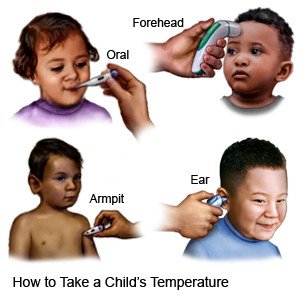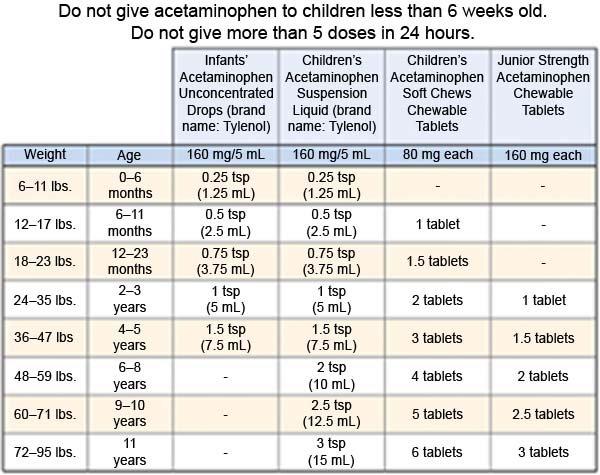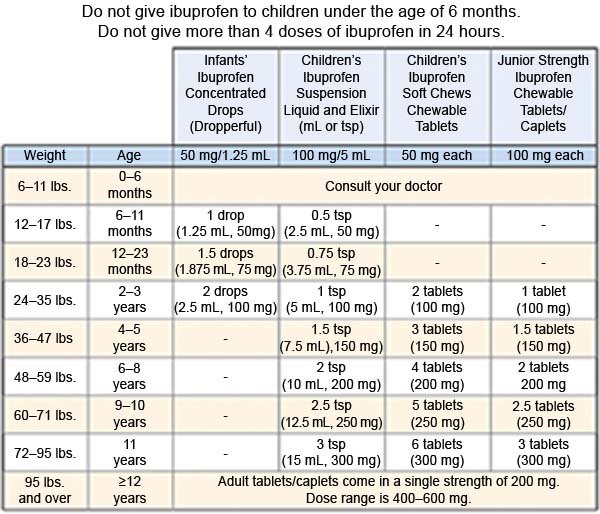Fever in Children
Medically reviewed by Drugs.com. Last updated on Apr 2, 2024.
What is a fever?
A fever is an increase in your child's body temperature. Normal body temperature is 98.6°F (37°C). Fever is generally defined as greater than 100.4°F (38°C). A fever can be serious in young children.
What causes a fever in children?
Fever is commonly caused by a viral infection. Your child's body uses a fever to help fight the virus. The cause of your child's fever may not be known.
What temperature is a fever in children?
- An ear or forehead temperature of 100.4°F (38°C) or higher
- An oral or pacifier temperature of 100°F (37.8°C) or higher
- An armpit temperature of 99°F (37.2°C) or higher
What is the best way to take my child's temperature?
The following are guidelines based on a child's age. Ask your child's healthcare provider about the best way to take your child's temperature.
- If your baby is 3 months or younger , take the temperature in his or her armpit.
- If your child is 3 months to 5 years , use an electronic pacifier temperature, depending on his or her age. After age 6 months, you can also take an ear, armpit, or forehead temperature.
- If your child is 5 years or older , take an oral, ear, or forehead temperature.
 |
What other signs and symptoms may my child have?
- Chills, sweating, or shivering
- A rash
- Being more tired or fussy than usual
- Nausea and vomiting
- Not feeling hungry or thirsty
- A headache or body aches
How is the cause of a fever in children diagnosed?
Your child's healthcare provider will ask when your child's fever began and how high it was. He or she will ask about other symptoms and examine your child for signs of a viral infection. The provider will feel your child's neck for lumps and listen to his or her heart and lungs. Tell the provider if your child recently had surgery or an infection. Tell him or her if your child has any medical conditions, such as diabetes. Tell your provider if your child has had recent contact with a sick person. He or she may ask for a list of your child's medications or immunization records. Your child may also need blood or urine tests to check for infection. Ask about other tests your child may need if blood and urine tests do not explain the cause of your child's fever.
How is a fever treated?
Treatment will depend on what is causing your child's fever. The fever might go away on its own without treatment. If the fever continues, the following may help bring the fever down:
- Acetaminophen decreases pain and fever. It is available without a doctor's order. Ask how much to give your child and how often to give it. Follow directions. Read the labels of all other medicines your child uses to see if they also contain acetaminophen, or ask your child's doctor or pharmacist. Acetaminophen can cause liver damage if not taken correctly.
- NSAIDs , such as ibuprofen, help decrease swelling, pain, and fever. This medicine is available with or without a doctor's order. NSAIDs can cause stomach bleeding or kidney problems in certain people. If your child takes blood thinner medicine, always ask if NSAIDs are safe for him or her. Always read the medicine label and follow directions. Do not give these medicines to children younger than 6 months without direction from a healthcare provider.
- Do not give aspirin to children younger than 18 years. Your child could develop Reye syndrome if he or she has the flu or a fever and takes aspirin. Reye syndrome can cause life-threatening brain and liver damage. Check your child's medicine labels for aspirin or salicylates.
 |
 |
Treatment options
The following list of medications are related to or used in the treatment of this condition.
How can I make my child more comfortable while he or she has a fever?
- Give your child more liquids as directed. A fever makes your child sweat. This can increase his or her risk for dehydration. Liquids can help prevent dehydration.
- Help your child drink at least 6 to 8 eight-ounce cups of clear liquids each day. Give your child water, juice, or broth. Do not give sports drinks to babies or toddlers.
- Ask your child's healthcare provider if you should give your child an oral rehydration solution (ORS) to drink. An ORS has the right amounts of water, salts, and sugar your child needs to replace body fluids.
- If you are breastfeeding or feeding your child formula, continue to do so. Your baby may not feel like drinking his or her regular amounts with each feeding. If so, feed him or her smaller amounts more often.
- Dress your child in lightweight clothes. Shivers may be a sign that your child's fever is rising. Do not put extra blankets or clothes on him or her. This may cause his or her fever to rise even higher. Dress your child in light, comfortable clothing. Cover him or her with a lightweight blanket or sheet. Change your child's clothes, blanket, or sheets if they get wet.
- Cool your child safely. Use a cool compress or give your child a bath in cool or lukewarm water. Your child's fever may not go down right away after his or her bath. Wait 30 minutes and check his or her temperature again. Do not put your child in a cold water or ice bath.
When should I seek immediate care?
- Your child's temperature reaches 105°F (40.6°C).
- Your child has a dry mouth, cracked lips, or cries without tears.
- Your baby has a dry diaper for at least 8 hours, or he or she is urinating less than usual.
- Your child is less alert, less active, or is acting differently than he or she usually does.
- Your child has a seizure or has abnormal movements of the face, arms, or legs.
- Your child is drooling and not able to swallow.
- Your child has a stiff neck, severe headache, confusion, or is difficult to wake.
- Your child has a fever for longer than 5 days.
- Your child is crying or irritable and cannot be soothed.
When should I contact my child's healthcare provider?
- Your child's ear or forehead temperature is higher than 100.4°F (38°C).
- Your child's oral or pacifier temperature is higher than 100°F (37.8°C).
- Your child's armpit temperature is higher than 99°F (37.2°C).
- Your child's fever lasts longer than 3 days.
- You have questions or concerns about your child's fever.
Care Agreement
You have the right to help plan your child's care. Learn about your child's health condition and how it may be treated. Discuss treatment options with your child's healthcare providers to decide what care you want for your child. The above information is an educational aid only. It is not intended as medical advice for individual conditions or treatments. Talk to your doctor, nurse or pharmacist before following any medical regimen to see if it is safe and effective for you.© Copyright Merative 2024 Information is for End User's use only and may not be sold, redistributed or otherwise used for commercial purposes.
Learn more about Fever
- Can You Drink Alcohol with Antibiotics?
- Pain / Fever Drugs and Alcohol Interactions
- Top 9 Things You Must Know About Naproxen
Treatment options
Care guides
Symptoms and treatments
Further information
Always consult your healthcare provider to ensure the information displayed on this page applies to your personal circumstances.
